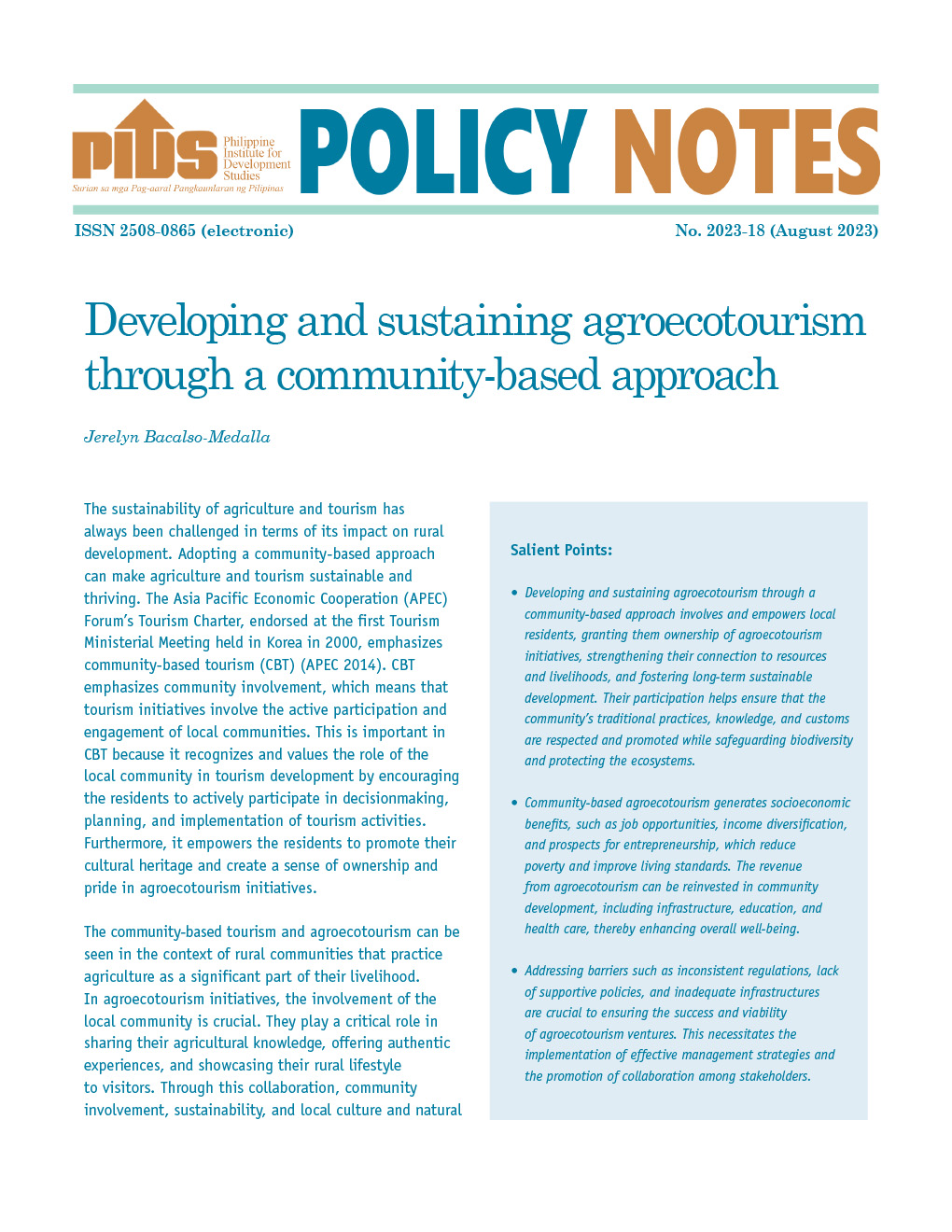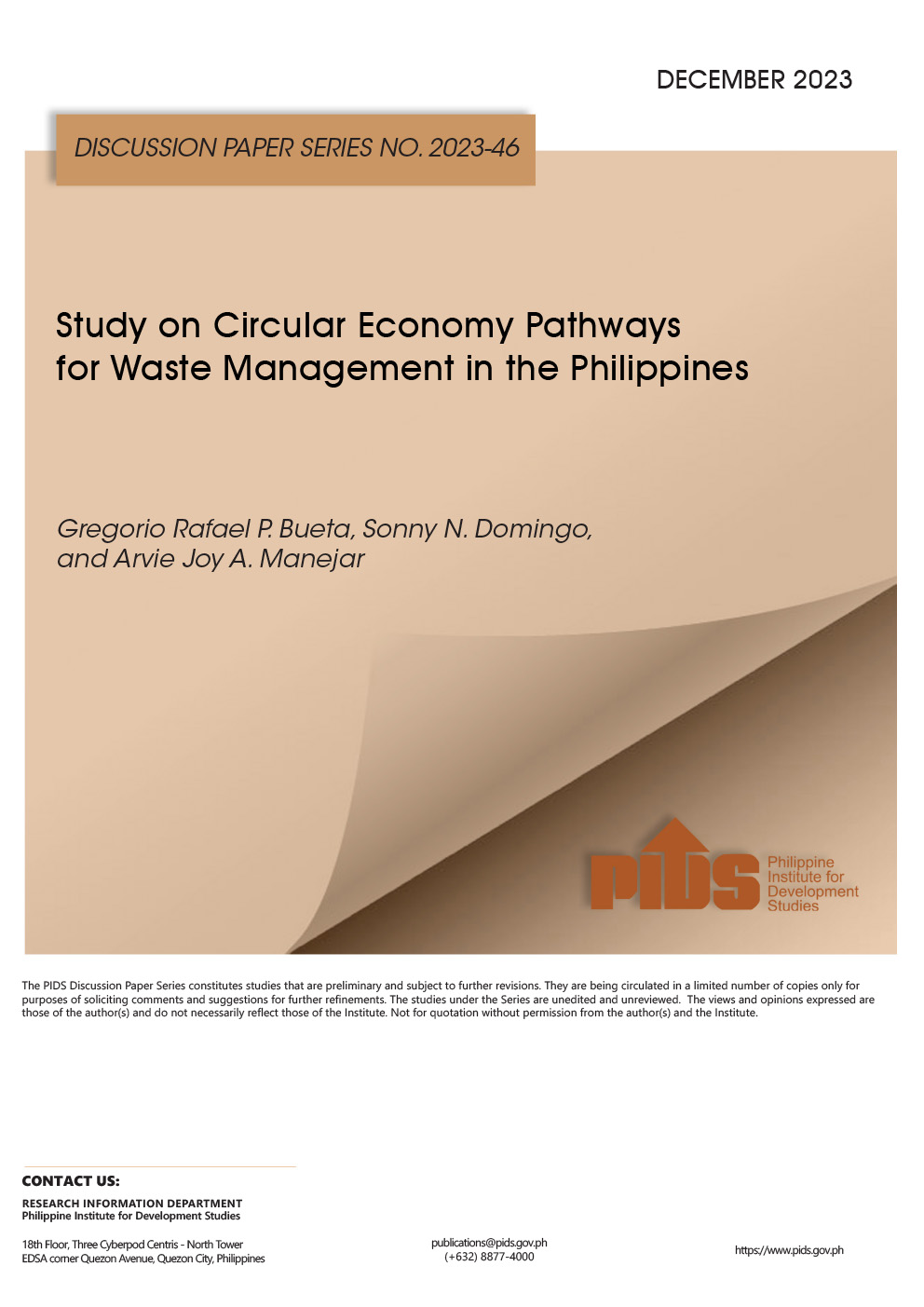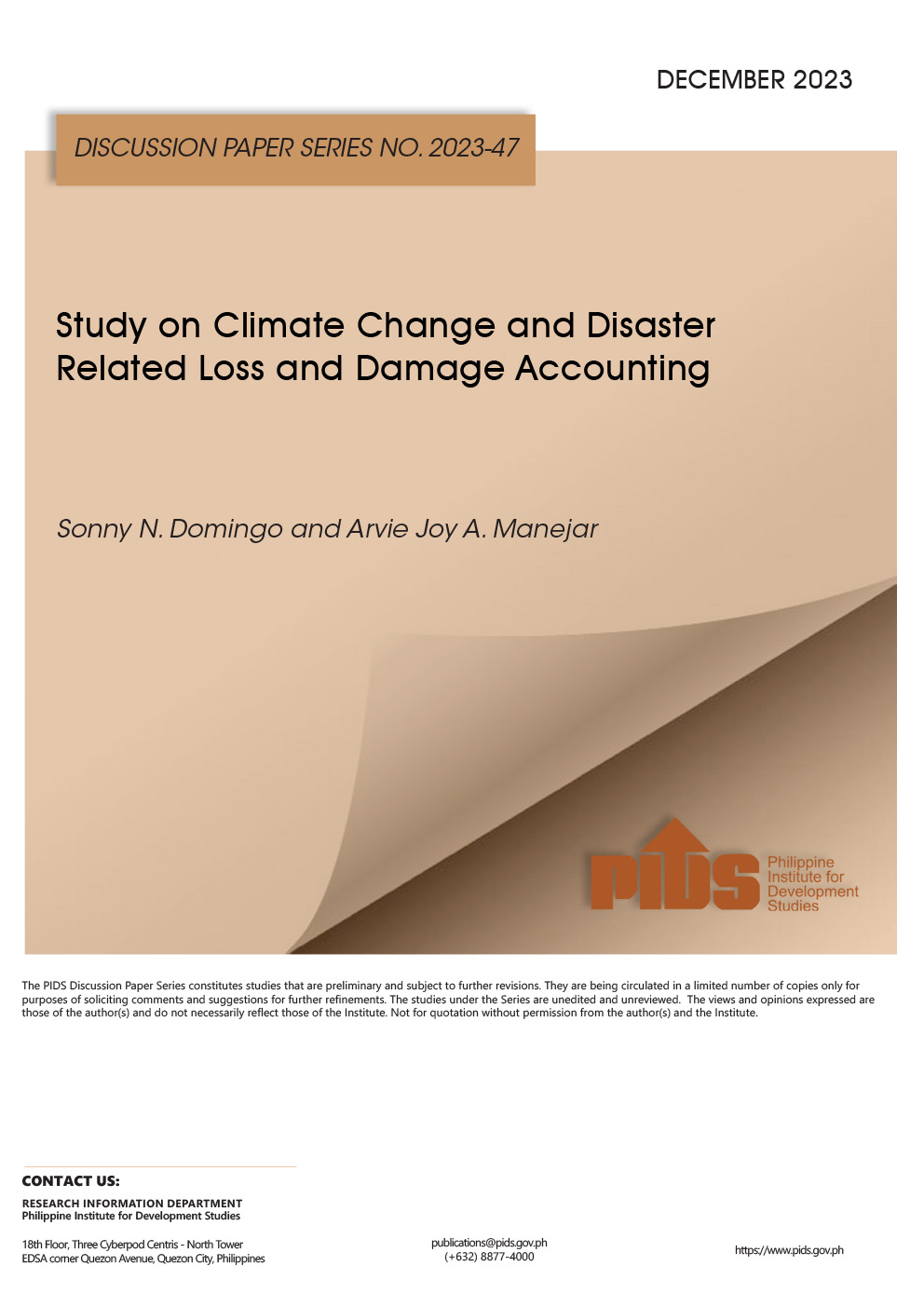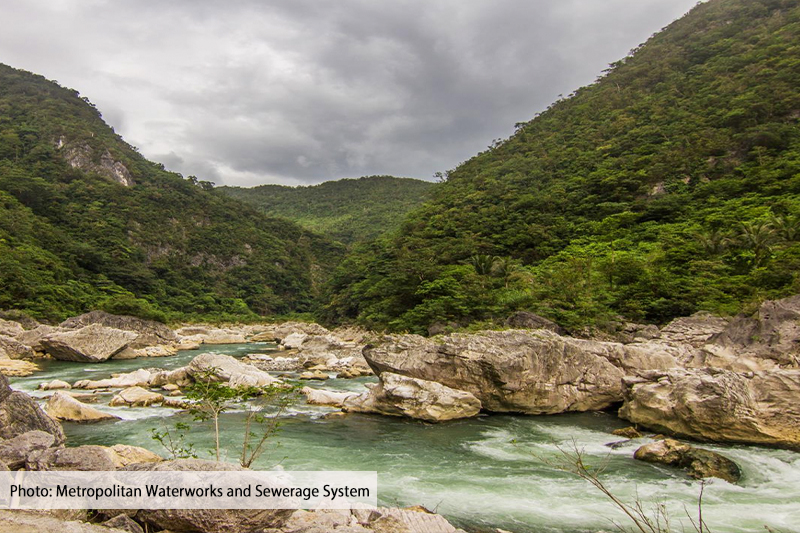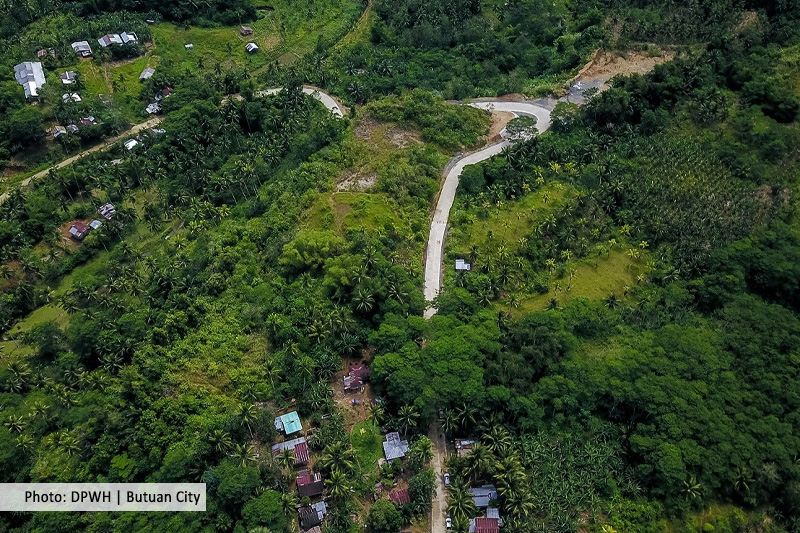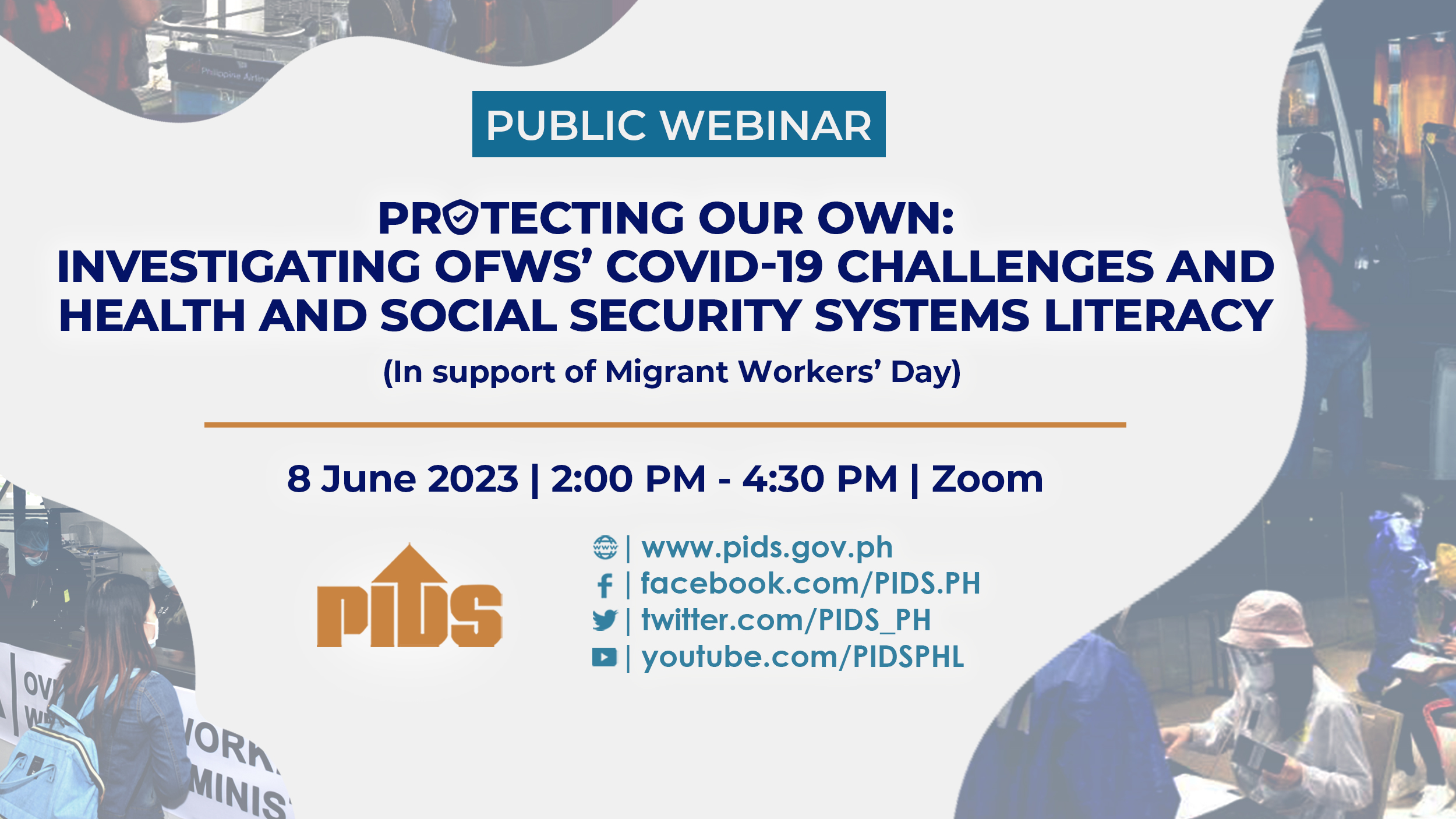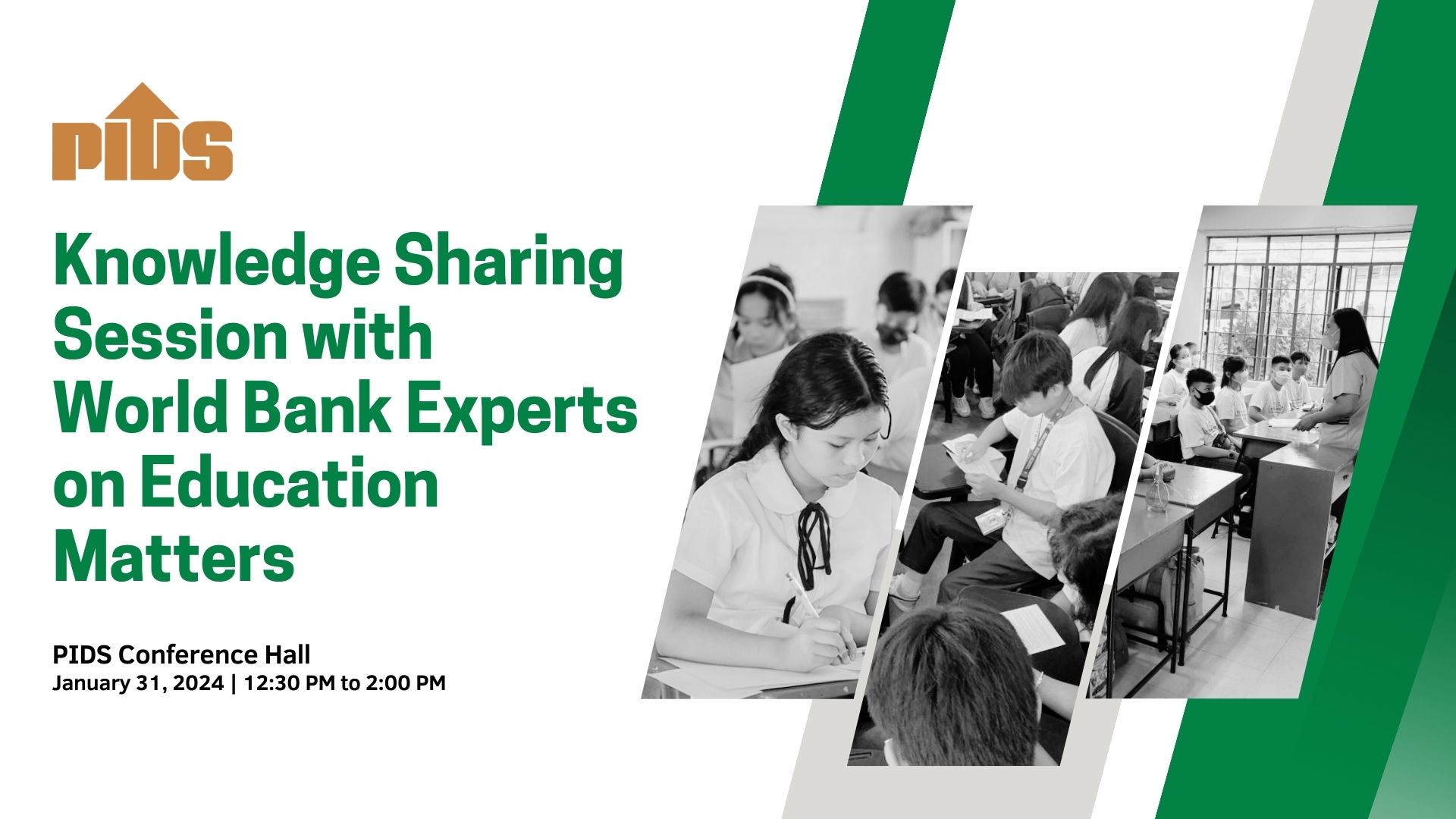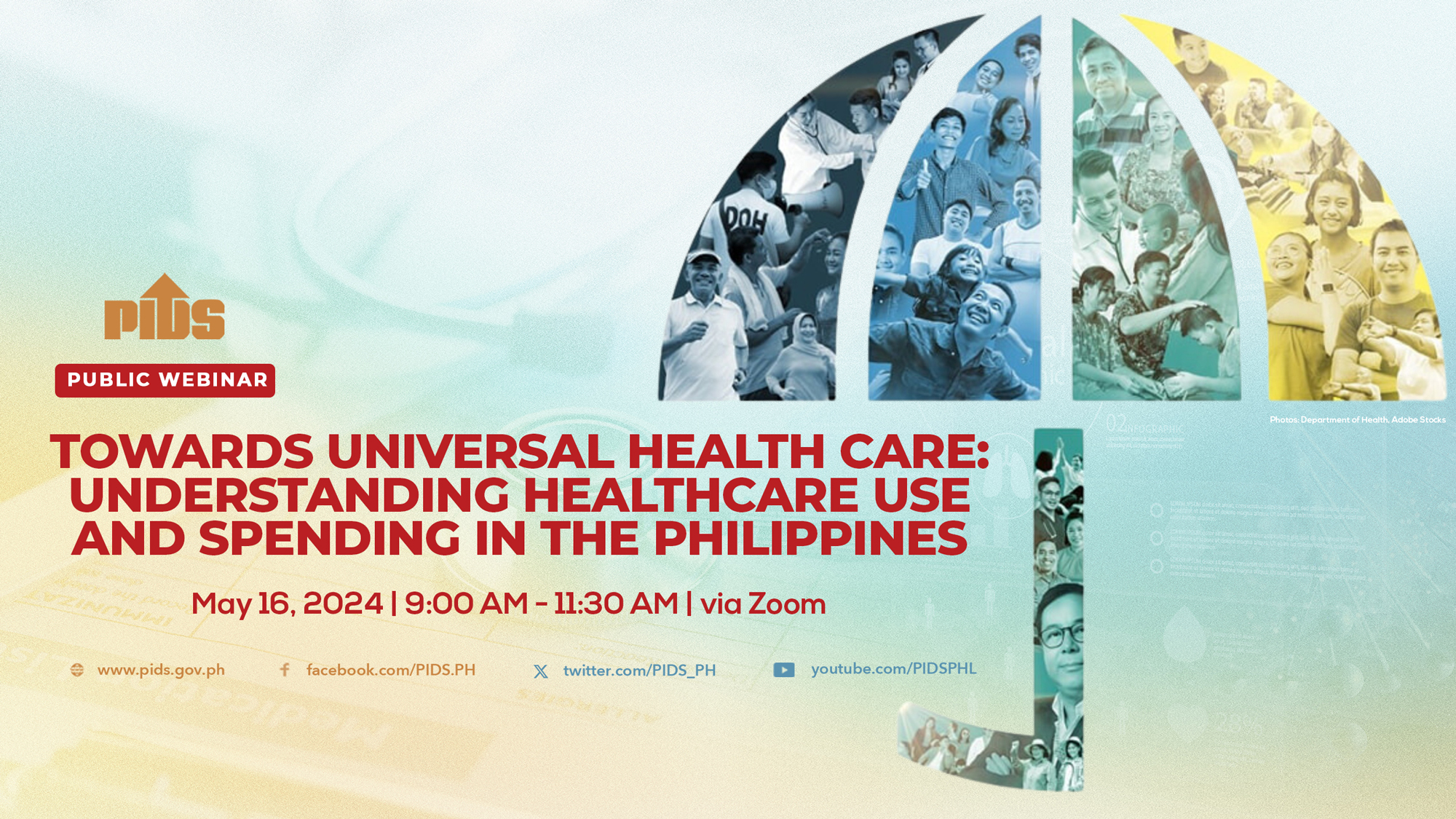MANILA — Under the heat of the sun, plastics worker Aldrin Aguilar and his companions sift through plastic waste at The Plastic Flamingo’s warehouse in Muntinlupa. Carrying a dulling cutter, two workers picked up PET bottles from the flexible freight bag to remove its sheet labels, as containers and other discards got separated to another sack.
At the bottom of the bag sat electronic parts from washing machines and fans. Diapers were set aside. Bubble wraps and plastic cups, meanwhile, were put into the other bag. Workers kept moving until their shift neared its end, sweat dripping from their brows, dampening their face masks.
“May pag-asa, malaki ang pag-asa… kapag malaman ng tao na magagamit ito (plastic trash) balang araw, yung kung saan saan lang itinapon, ipunin niyo lang tapos may maaano rin ang bawat tao,” Aguilar told ABS-CBN News.
(There is hope, a big hope when people find out that these plastic trash, which gets thrown away everywhere, can be used some day. You can just collect it for now so it can be used in the future.)
Aguilar, 22, said he first applied as a driver for the firm at the beginning of the pandemic in 2020. Two years later, he is now part of the plastic extrusion process for the recycling business, filled with hope that he, too, could help solve plastic pollution.
Aguilar witnessed first-hand how marine trash gets converted into plastic lumbers and eco-boards, helping him understand the country’s plastic problem from the source. He looks at the firm’s first demo shelter behind him, made out of 4 tons of discarded plastics, a testimony of how the seemingly unusable plastic waste could turn into a home.
“Nakatulong (maintindihan), kasi mayroon dito galing pa sa mga lugar sa mga dagat, mga kalat doon. Nakita rin nila yung (ginagawa) ng Flamingo, napapakinabangan ng Flamingo ito,” he added.
(It helped me understand it because we were able to collect marine litter, literally plastic discards from the seas. They saw what the Plastic Flamingo is doing and that we can use these.)
In Plaridel, Bulacan, Green Antz plastics station administrator Mark Dizon touted his employer’s efforts to divert plastic waste, with partners from local governments, households, and the Department of Education boosting their plastic collection.
But he added that plastic pollution cannot be solved only by recycling firms — individuals must also do their part: “Maso-solve natin yan basta magkaroon ng disiplina ang bawat isa sa atin, tulad ng pagtapon ng... plastic na napupunta lang sa mga landfill."
(We can solve these as long as everyone has the discipline. For example, throwing away plastics properly that end up in landfills.)
But as recyclers look above and beyond to solve plastics pollution, scientists and advocates warn of a threat lurking from within: the potential health risks that their upcycling process have to humans, and its possible impact on the environment in the long-term.
Aside from the reported dangers of the recycling style, some cast doubt on how upcycling could solve the plastics crisis given its “limited” capacity, while other advocates said it only prolongs the problem.
“They do not address the problem at source, hindi pa rin nababawasan yung production [of plastics]. When we address the plastic pollution, it should be reduction sa production,” Ecowaste Coalition’s Coleen Salamat said in an interview.
WHEN PLASTIC WASTES GET MELTED
Dr. Jorge Emmanuel, adjunct professor of environmental science and engineering at the Silliman University, warned that melting plastics could discharge thousands of unknown chemicals that people directly involved in manufacturing could get exposed to.
In a study he co-wrote in 2020, scientists noted around 12,000 chemicals present in some food-contact plastics, like packaging and containers, many of which have yet to be identified or tested for their impacts on human health.
"There's a total of between 11,000 to 12,000 chemicals added into plastics and food contact material. In addition, there are 30,000 or more of non-intentionally added substances," said Emmanuel, a former United Nations Development Program’s chief technical advisor on global health-care waste projects.
"We are basically warning that even plastics made for food, it turns out that out of those 12,000 chemicals that have been added, only a small portion of them were ever tested for their toxic effects and their exposure data," he explained to ABS-CBN News.
This means, he said, when recycling firms melt polymer waste, some of which are food-grade plastics, they might be releasing all these chemicals. He mentioned though that melting plastics can be done in a safe, industrial facility to avoid some of his concerns.
"Some of these chemicals cause cancer, some of these chemicals are mutagens, they cause mutations, many of them are what people [call] endocrine disruptors or endocrine-disrupting chemicals," he said.
At the end of the upcycled plastics life, it will still become waste, noted the scientist. What should be considered now is the perspective on the plastics’ cycle – from its creation until it reaches the end of its usefulness.
“We need to look at the entire life cycle, and we need to be able to reduce the plastic pollution problem by locating from the bigger picture,” he said.
Greenpeace campaigner Marian Ledesma also expressed concern over the possible dangers plastic extrusion could have to employees directly exposed to the manufacturing process, as well as its impact on consumers.
This includes, she said, possible leaching of toxic chemicals, exposure to plastic dusts, and skin burns during accidents.
"All in all, plastic in itself is a very toxic na product, [so it's] not just [the] kinds of chemicals used to stabilize or create the right characteristics pero also toxic in the sense that 99 percent of plastics are from fossil fuels and that's also a whole other issue rin of risks," she said in an interview.
“Even if it is food-grade, there is a possibility of those chemicals going from plastic containers to our food. What are the technical specifications around that? It is something we have to look at.”
In the Plaf’s warehouse, as the green, melted plastic oozed in a machine that yielded recycled plastic pellets —seen as an alternative to virgin plastics — weak fumes but a strong smell of chemicals rushed in the air, defying two layers of face masks. This recycling line, the firm said, produces recycled HDPE.
Officers present during the demonstration told the news team that the smell and fumes were part of the operations, given that the machine just set off, and these would subside as operations went on.
While the firm's workers were wearing basic personal protective equipment (PPE), including face masks, gloves, and a helmet, these were not enough to protect them from inhaling the vapor.
Its plastics worker, Aguilar, downplayed the effects.
"Mainit siya, tapos pagtunaw namin may chemicals na ano... pero may PPE naman kami sa katawan," he told ABS-CBN News.
(It is hot and when we melt it there are some chemicals... but we wear our own PPE.)
"Normal lang naman, hindi naman siya yung matapang na chemical. Ayos lang naman yung ano niya, hindi naman siya maano sa kalusugan."
(It is normal. The chemicals were not that strong. It is okay, it is not dangerous to our health.)
MICROPLASTICS
In Bulacan, a Green Antz worker without goggles pushed PET bottles into the shredding machine, where bits of sharp plastic pieces splattered directly in front of him.
Dizon said they require workers to wear protective clothing, including face masks, “transparent shades,” and gloves, so accidents would be prevented. He claimed that no accidents have happened so far, but they were concerned about the plastic dust.
“Siguro yung alikabok lang… Madali naman siyang solusyonan dahil sa face mask. Sa aksidente, wala pa kong nae-encounter na nasugatan, nasaktan,” he told ABS-CBN News during the site visit in February.
(Maybe it's just the dust. It can be solved easily by wearing a face mask. When it comes to accidents, I have not encountered anyone getting wounded or even injured.)
Clarified if the dust he was referring to were plastic particles, he answered in the affirmative.
“Sa ganyan naman, pinapabasa ko kasi yung mask nila, para protective siya, hindi siya ganoon pumasok sa ano natin, ma-inhale," the officer said.
(When it comes to those things, I ask them to wet their masks to protect them, so we do not inhale the plastic dusts.)
Research has shown that inhaling plastic particles can cause inflammation and lesions in lungs. Utah-based biogeochemist Dr. Janice Brahney has warned that “repeated exposure is suspected of leading to respiratory problems like asthma and cancer.”
Microplastics inhalation, she added, may also increase the vulnerability of a person to toxic chemicals from coating and the plastic’s substances. Just recently, scientists detected the presence of the ubiquitous particles in blood for the first time.
Emmanuel, for his part, worried about the added pollution once the ecobricks break down, thus releasing the plastic particles it first glued together but would get leaked to nature.
“The plastics will become again... waste into our environment…. In about, say 40 years from now, they will break into the environment and they will be washed through rains, runoffs, go into our lakes, our rivers, our oceans,” the scientist explained.
“If they are eaten by fish, eaten by animals, we end up eating them so the net effect is that in the coming years and generations, humans, us now and future generations, will have higher exposures to toxic substances because of the microplastics in our food and in our drinks.”
The problem has been documented by the Philippine Institute Development Studies in 2020, noting the abundance of microplastics in Tañon Strait, home to a variety of whales and dolphins. It is the biggest protected area in the country, highlighting the need for the country to manage its plastic wastes.
“There is likely occurrence of human exposure because salted fish gut, locally known as 'dayok', is a common delicacy among Filipinos,” the study reads.
“The relatively high microplastic occurrence in Tañon Strait shows that the Philippines has been contributing a substantial volume of plastic debris into the marine ecosystem,” it added.
Filipino researchers in Cebu City, meanwhile, also found the presence of microplastics in top commercially sold fishes in the province’s major public wet markets, raising concerns on the possibility of people eating microplastics, too.
Microplastics stay longer in fishes’ guts, so they recommend its removal before they are consumed.
“The ingestion of fishes is of primary concern as a route of human exposure to [microplastics] because they filter a large volume of seawater and are typically eaten whole without gut removal,” the study reads.
Froilan Grate, GAIA's Asia Pacific coordinator, said ecobricks' solutions are limited and do not do anything to solve plastic pollution.
The real problem, he said, is the continued production of plastics. "The biggest problem for us is, yung amount of waste that we can actually address.... what do we do with these?"
"Yung limits ng solution na yun is a problem and yung narrative na 'ay nagagamit naman namin siya, natin siya sa bricks na yun' [or] okay lang mag-continue gumamit ng plastic,'" noted Grate.
(The limits of the solution is the problematic narrative which states 'oh we are using them for our bricks' or 'it is okay to use plastic.')
"In this particular context, we are actually in a way, delaying the problem but it does not solve the problem."
FIRST THINGS FIRST: EXTRUSION, COMPRESSION HEATING ARE NOT BURNING
Envirotech and The Plaf clarified that they are not burning plastics. Rather, their manufacturing and production processes only melt these and mold them into recycled products. This, they emphasized, poses no harm.
Different plastic types have different melting and ignition points, but such firms usually mix plastic wastes into the extruder. A formulation is being followed for each prototype, including for compression molding, ABS-CBN News has learned.
Openly burning plastic wastes is not allowed under Philippines' environmental laws.
Lemen said they dry their plastic feedstock so that dirt, oil, and other contaminants will be taken out before they get extruded at a temperature of 200-degrees Celsius.
Melting plastics through thermal heating, he pointed out, "is not direct burning." A deodorizer in their plant also muffles the fumes in their extruder when the materials are softened.
"This thermal process is widely accepted when it comes to recycling the plastic. So there's no contest about it, we just have to make sure that the temperature should be not more than 500-degrees centigrade as allowed by the [Department of Environment and Natural Resources]"
"In this case it is not emitting any foul odor or any effluents or any toxic material that can be harmful to our employees and the surroundings," Lemen explained.
"It has a cone inside it or activated carbon. And then that's the one capturing all the steam or the smoke that's coming out. It is the one filtering the smoke. When it is out of the deodorizer, it's going to be clean already."
The Plaf, on the other hand, said they do not melt their plastics to over 250-degrees Celsius. Just like Envirotech, they only accept clean plastics to avoid dangerous fumes from unwanted particles.
“If we are already melting it above then it is already burning. So iniiwasan namin yun (we are avoiding that). That's why we are also accepting clean plastic kasi, so that there will be no liquid residue na makaka-affect sa (that will affect the) fumes,” Reyes said.
"The process will harm you if you are burning the plastic and if you are doing a chemical reaction. Right now we are just melting the plastic, the process does not yield any chemical byproducts in melting. Meaning you are just changing [it] physically," she added.
CAMPAIGNERS ASK: WHAT IS THEIR SAFETY GUARANTEE?
Grate said he was concerned over the sale of upcycled plastic products without further studies for their possible impact on health and the environment.
"Established na that all these chemicals have health risks for us, especially food contact, kasi mas mai-ingest natin kasi kinakain natin yung laman niyan. What more pa kaya these products na hindi mo alam kung saan galing yung basura?" Grate told ABS-CBN News.
(It is already established that these chemicals have health risks for us, especially the food contact ones because we ingest the food placed in it. Then what more about the products where we do not know where the plastic wastes came from?)
While upcycled fences, planks, and eco-boards are directly sold, some items such as canisters, drink coasters, and plastic pots are sold online through their websites or e-commerce platforms.
Plastic products usually escape product review, since so far, only plastic stools, monoblocs, and plastic PVC pipes are among items under the Department of Trade and Industry's (DTI) mandatory product certification.
"To see that it is currently used for food-contact materials, that's an even higher danger for us, for consumers," Grate said, referring to an upcycled food canister being sold online.
"The... comment around recycled plastic coming from plastic waste being used for food-contact materials is very very alarming and kailangan dumaan siya sa same process, and certification, and testing, and guarantees, na pinagdadaanan ng (that gets through the) regular food contact materials like water bottles or food canisters or similar things,” he added.
Product certification is important, the DTI said, to protect consumers from health and safety risks and "to assure the public of the consistency of standardized products in the market."
In a text message, The Plaf said while they are not producing monoblock chairs for now, they assured the public that they would have their items certified with DTI when it gets sold commercially.
Envirotech, on the other hand, said "it would help" if they get DTI's seal soon. The firm is directly selling and donating monobloc chairs to partners.
"We can register," Lemen said in an email.
Emmanuel reminded recycling firms involved in plastic extrusion to only melt acceptable and safe plastic wastes. "I support the recycling of safe plastics—number 1 (PET), number 2 (HDPE), number 5 (PP). That you can recycle— done in many years but it should be done safely."
"If you are involved in this kind of stuff, do your research of what are the chemical additives that have been put into whatever the types of plastics you are doing and also do research and what are the residual chemicals," he said.
The machines in use should also be properly maintained, with temperature controls regularly checked, he said. Plastics in the recycling line should also be uncontaminated and clean. The two firms said they only accept and extrude clean plastics.
"There is something we call cleaning and purging of plastic in the extruders and any of the residuals can cause fumes that you don't want," he said.
For his part, Sirot said plastic molding or melting as a manufacturing process are not dangerous. Fumes will only get toxic depending on the materials or feedstock being melted, he said.
"[The] emission from any plastic process... depends on the feedstock material. If the material contains harmful substances or compounds, poisonous emissions can be generated in the process," he explained.
"More on sa material siya nakadepende, sa feedstock material mo. When these harmful compounds are heated, magre-release ka ng harmful gases and usually these compounds are found in the additives na naka-incorporate doon sa plastics," he added.
(It depends on the material, on the feedstock material. When these harmful compounds are heated, you release harmful gases and usually these compounds are found in the additives incorporated in plastics.)
This was echoed by Khoiria Nor Atika Putri, a polymer scientist completing her PhD at Chulalongkorn University in Thailand.
In a Zoom interview, Putri said additives and chemicals play a huge role to create the new product, but warned these get evaporated during the manufacturing process.
"If you [ask] what kind of chemical... that could possibly be released, it is very related to what additives they add [for] their products," she said.
"Like if they add lead or mercury, it is very possible for the lead and mercury to be released in the environment in the evaporation process... and if they used a stabilizer, plasticizer, that could be evaporated, that could be released in the environment."
A toxicity test for Envirotech's product in July 2012 showed that it does not have any traces of mercury. Lead content, however, is at 42 parts per million (ppm).
Philippines has a lead content threshold of 90 ppm in food and drink packaging, toys, cosmetics, and school supplies.
The Plaf said they use non-halogenated flame retardants as additives to their products. Sirot said such flame retardant is safe in the production process.
The recycler, on the other hand, is still in the process of having their products tested for harmful substances, their research and development team admitted.
"Chemical tests are currently ongoing to characterize the chemical aspects of our eco-lumbers. This includes toxicity tests, heavy metal concentrations," said Mark Keanu James Exconde, The Plaf's material development engineer.
Among dangerous plastics that should not be melted or heated outside industrial setups are the polyvinyl chloride or PVC plastics, both Sirot and Emmanuel said.
Plasticizers could be found in PVCs, the plastic type used to manufacture plastic pipes and cable wirings.
Plasticizers, most of which are phthalates, are endocrine-disrupting chemicals that could negatively affect a person's endocrine system when a person is exposed to it, studies have shown.
PVCs are also being collected by recycling firms but how much of it is being melted or upcycled is still unknown. An analysis by Greenpeace USA also described PVC as the "most environmentally damaging of all plastic" that even recycling it would be "impractical" because of the harms through its additives.
The Plaf also recognized the harms of melting PVC plastics, which is why they are not including it in their extrusion process.
"Actually that is why we are not melting other plastics like PVC... yun kasi yung mayroong mga fumes. But the polyolefins, wala naman siya masyadong hazardous waste," Reyes said.
(That is why we are not melting plastics like PVC. That produces fumes. But the polyolefins that we have do not have any hazardous contents.)
Sirot also warned about recycling and melting PVC plastics.
"Itong mga ito, masyadong harmful sila sa environment kasi nage-emit sila ng hazardous gases. As a matter of fact... all PVC items contain so much additives that recycling them would be impractical and expensive," he said.
(These PVCs are harmful in the environment because they emit hazardous gases. As a matter of fact... all PVC items contain so much additives that recycling them would be impractical and expensive.)
MATERIAL DEGRADATION
Greenpeace's Ledesma said that not all plastic products are "infinitely recyclable," after firms attested their products could be returned if consumers want to throw them away.
Putri also noted the degradation of upcycled plastic products as years go by. "Overtime, the mechanical strength [could deteriorate]... overtime... it could easily break. Sometimes, you see a powder inside a plastic serving spoon. It means that they are having brittleness (sic) in the material," she added.
Remelting plastics degrades its quality, noted Emmanuel.
A new plastic product made from plastic waste does not have the same purity and quality as the original one, he added.
"When you create a new product, you need to add new plastic and new additives in order to build it to what you want. So having said that, the bigger picture again is recycling of plastics is not the solution but it helps," he said.
Despite this, National Solid Waste Management Commission (NSWMC) Vice Chairman Crispian Lao said they support the existing infrastructure put forward by these recycling firms.
Lao, who represents the recycling sector in the NSWMC and who is also the founding president of the Philippine Alliance for Recycling and Materials Sustainability (PARMS), said they want businesses engaged in waste recycling "to flourish" in what they do.
"There was a realization over the years that it is not easy for the government to do it alone, especially for the lack of infrastructure so you have to see how the private sector can come in," he said.
"You have an Envirotech, Greenantz who have the capacity to recycle, upcycle. How do we make it easier for them? How do we recover it to make it easier?"
‘Look at the bigger picture’: Environmentalists, experts warn possible health risks in plastic upcycling as initiative booms

